Watch a Flamenco Dance Class in Seville
Flamenco, Sevillanas and The Feria
Flamenco is synonymous with the beautiful Andalusian city of Seville. The region of Southern Spain is the birthplace of this traditional art form which spans the three genres of guitar, song and dance. Each year, towns and cities across the region of Andalusia celebrate their history and traditions with an extravagant, week long “feria” or fair.
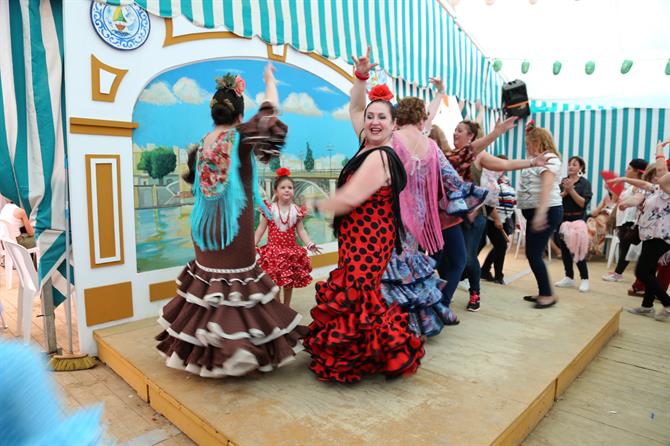
In most cities, the feria usually takes place during the summer months - normally August - but due to the extreme temperatures in Seville during August, the feria takes place in April - earning itself the name “Feria de Abril” or April Fair.
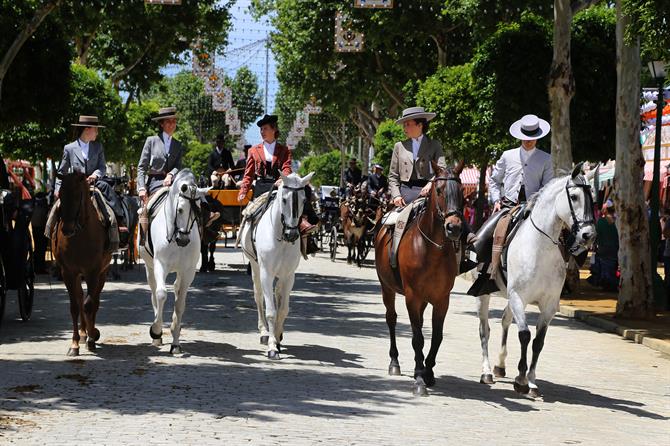
During Seville’s Feria de Abril, a variety of Andalusian traditions are celebrated including Flamenco, Sevillanas and Spanish style horse riding. Traditional Andalusian food and drinks are also served and enjoyed. There are performances of Flamenco and Sevillanas by both professional and amateur dancers, as well as those simply dancing for fun. Sevillanas is a dance style very similar to Flamenco, originating from the city of Seville itself.

To the untrained eye, the two dance styles are very much alike but there are some differences. The choreography of Sevillanas is steady and simple, as it’s a festival dance meant for couples and due to it’s simple steps, it provides a very useful foundation for dancers learning Flamenco.
The Passion of Flamenco
Originally, Flamenco dancing was not set to music but was instead accompanied by a rhythmic hand clapping called “toque de palmas” and singing which is called "cante". These days, modern flamenco is usually accompanied by a guitar and other instruments such as the “cajón”, which is a box-shaped drum.

Flamenco is a very passionate and expressive art form. Through their movements, body language and facial expressions flamenco dancers exude strong emotions such as joy, passion, love, bitterness, sadness and grief.
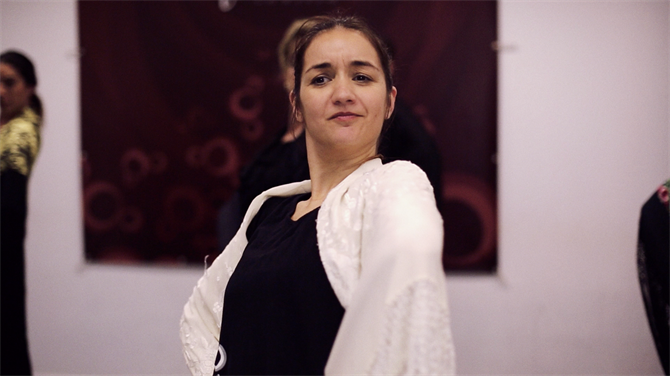
With a lack of storyline the dancer’s body language is all the more expressive and accompanied with the singing they create a visual narrative for the audience.
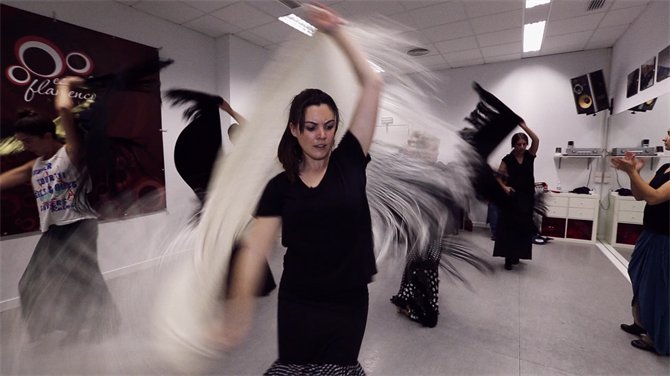
The movements and steps of flamenco dance are exaggerated and aggressive; kicking and stamping of the feet, throwing the arms, skirt or shawl, fast jumping and spins all accompany an arrogant scowl or anguished grimace but this intimidating display is all part of the performance.
Flamenco in the 21st Century
The tradition of Flamenco is still alive in the 21st century as it continues to be practised by lovers and enthusiasts of the art form not only in Spain, but all over the world. Almost every city in Spain offers classes of Flamenco dance, guitar or singing and in recent years, it has become very popular in the United States and Japan. In fact, Japan now has more Flamenco schools than Spain.
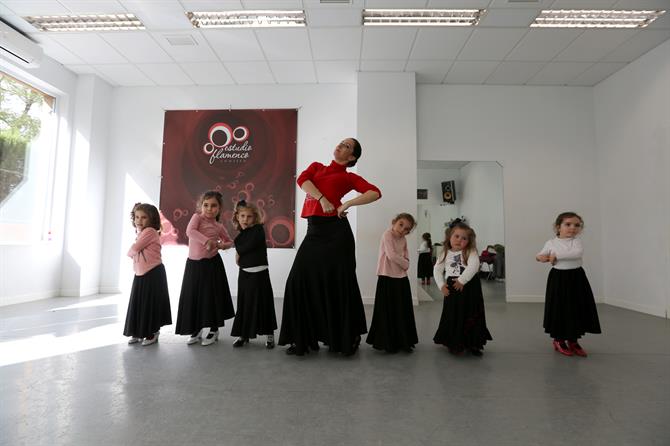
Students of Flamenco can start from as young as three years old and can dance up until any age, the only requirements are a pair of special Flamenco shoes and a love of dance.
A Flamenco Dancer’s Shoes
The Flamenco shoes are the most important part of a dancers attire, male Flamenco dancers usually wear boots with a short heel while the traditional shoes for women have a strap or laces which fasten across the top of the foot and a small heel.
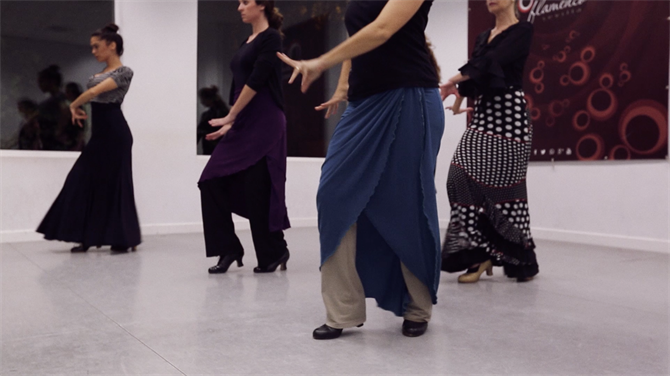
The heel is usually between 2.5cm and 7cm and comes in three different shapes; “standard”, “carette” (curved) or “cubano” (short and thick). The shoes also have nails embedded in the heel which enhance the sound of the percussive footwork, which is crucial as the dancer advances in skill level and learns to tap the shoes to the rhythm of the music.
Keeping Traditions Alive
Today’s Flamenco students include small children, teenagers and adults - there is no age limit. This goes to show that Flamenco is not seen as an outdated tradition, but a loved and admired custom that is still enjoyed and practised by all ages.
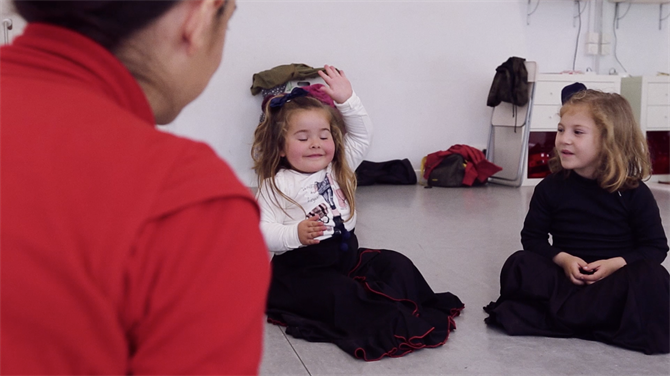
To visitors, Spain’s love for celebrating their customs and traditions may seem peculiar, but this dedication ensures that Andalusia’s colourful history is kept alive and enjoyed from generation to generation.
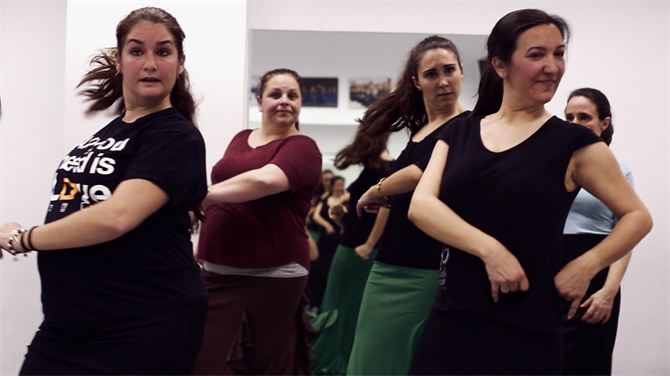
Tourists and visitors are always welcomed to join in the celebrations, so if the idea of visiting Andalusia and immersing yourself into the world of Flamenco appeals, then find the perfect holiday home in Seville for you and explore all the history, traditions and culture that this captivating city has to offer.
Special thanks to Esther Vélez and all the students at Estudio Flamenco in Seville, Spain for their collaboration on this article.
